Curious Backyards
CuriousBackyards is a nature-focused content project that explores the hidden world of backyard ecosystems, gardening, and local biodiversity. Through close-up photography, short videos, and quiet observations, we highlight insects, plants, soil life, and seasonal changes found in ordinary home gardens. Designed for curious minds and nature lovers, our content is beginner-friendly, authentic, and free of hype. Whether you’re new to gardening or just love discovering what lives outside your door, CuriousBackyards helps you connect with nature in your own yard — one small discovery at a time.
On the site, you’ll find photo journals of backyard insects and pollinators, time-lapse videos of plant growth, beginner gardening tips, seasonal checklists, and simple experiments in soil health and permaculture. We’ll also share tools, resources, and field notes from ongoing backyard observations — all designed to inspire learning and deepen your connection to the life growing right outside your window.
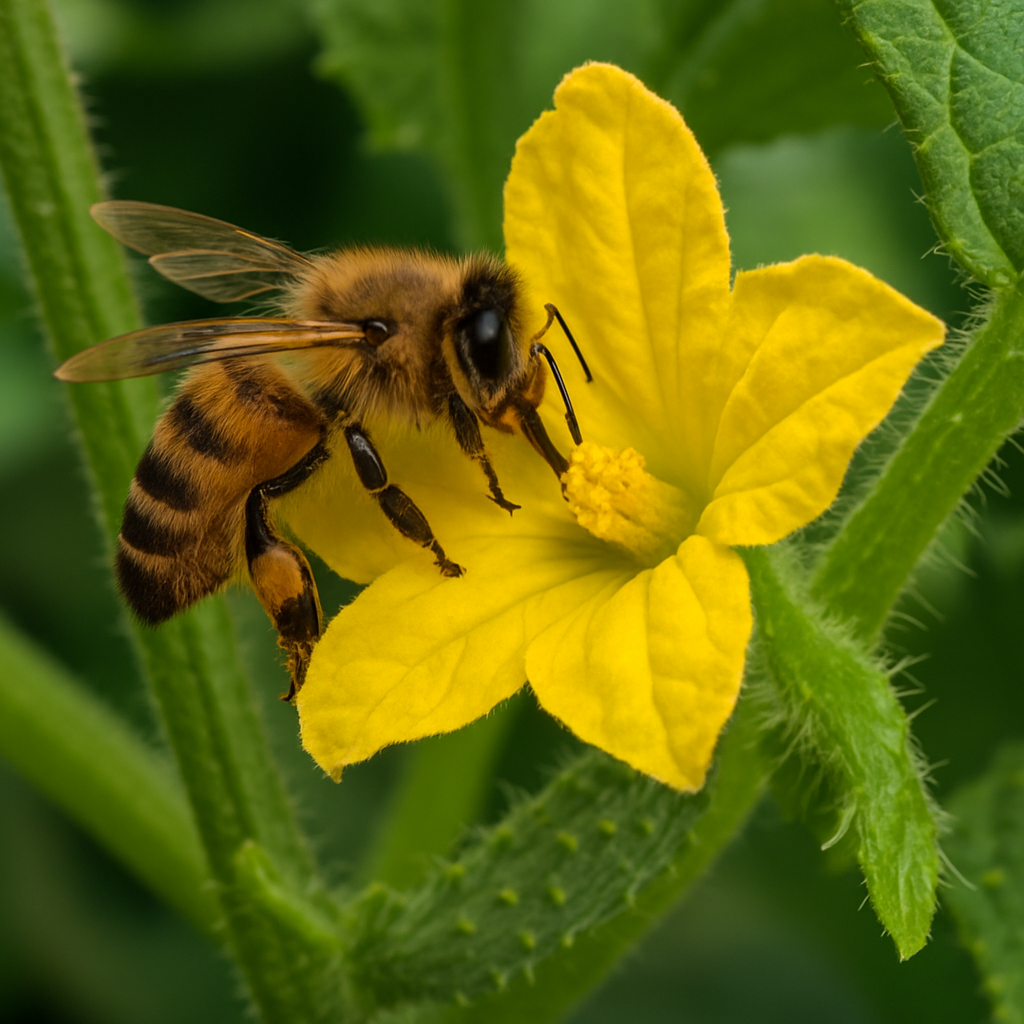
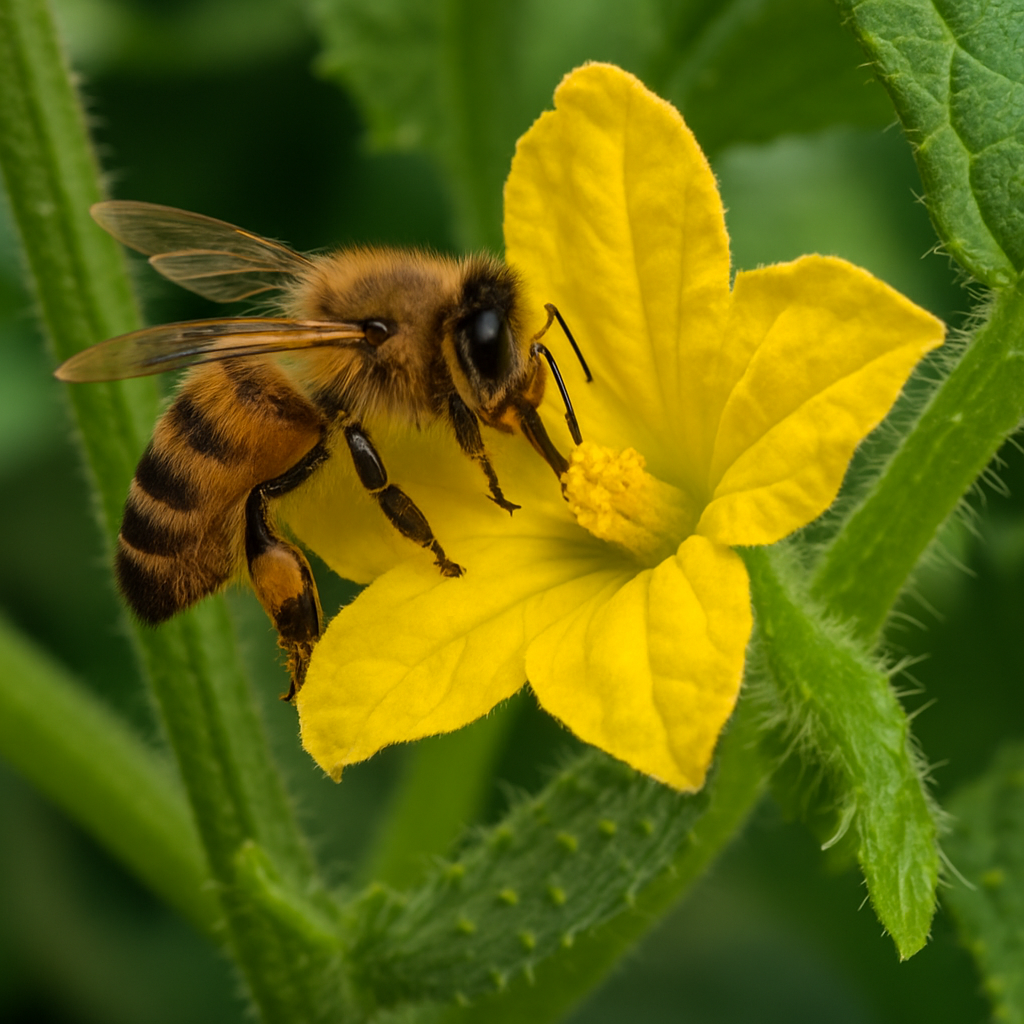
Attracting Pollinators
Attracting local pollinators is essential for a thriving, productive garden — and it’s about much more than just honeybees! Native pollinators like solitary bees, butterflies, moths, beetles, flies, and even wasps all play vital roles in fertilizing flowers and supporting plant reproduction. These often-overlooked species are uniquely adapted to local plants and are sometimes even more efficient pollinators than their more famous counterparts. By creating a pollinator-friendly space with a diverse mix of flowers, herbs, and native plants, gardeners can boost biodiversity, improve crop yields, and help restore fragile ecological balances right in their own backyard..
Natural Pest Control
How Radish Flowers Protect Cucumber Plants Through Companion Planting
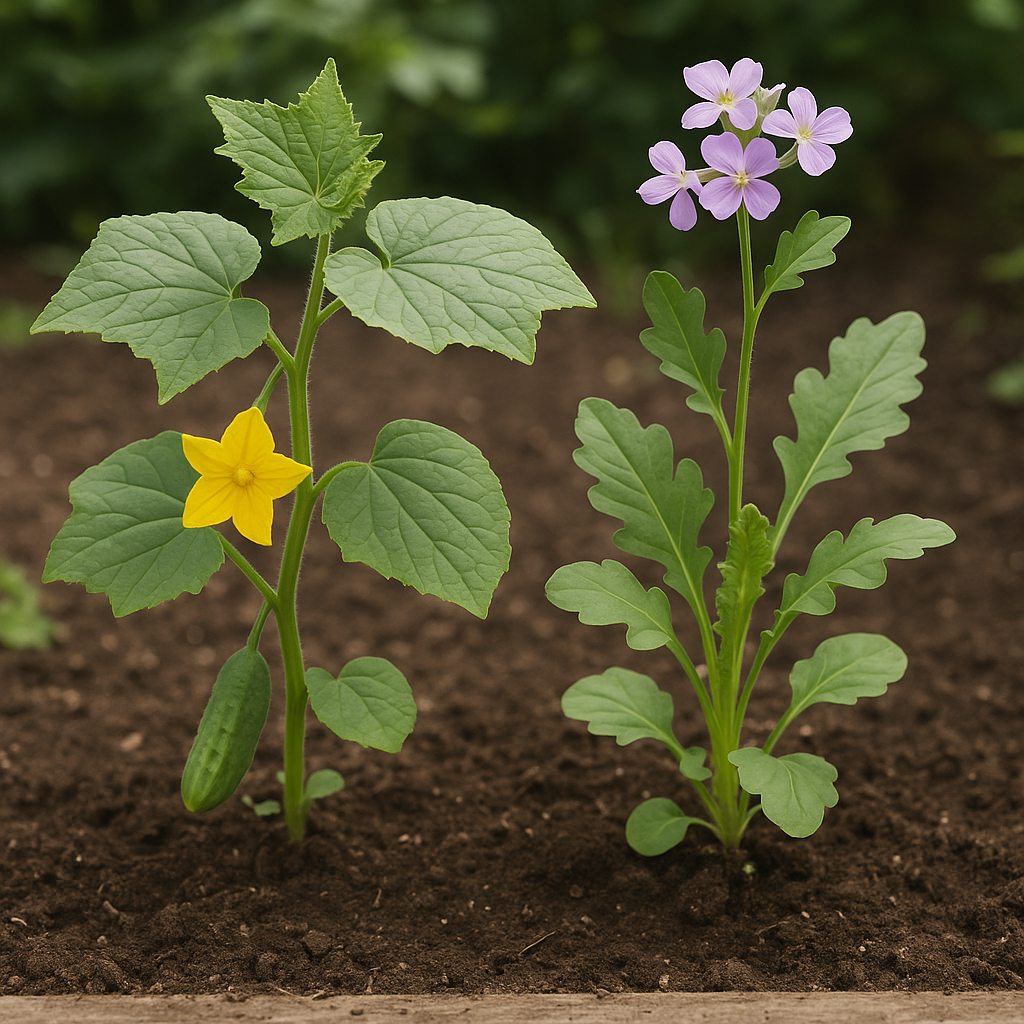
When radish plants (Raphanus sativus) are allowed to flower, they do more than produce edible roots — they begin releasing a complex bouquet of volatile organic compounds (VOCs) that serve as a natural defense mechanism. Among these VOCs are isothiocyanates, methyl thiocyanate, and dimethyl disulfide — compounds known to interfere with the host-finding behavior of pests like the striped cucumber beetle (Acalymma vittatum) and spotted cucumber beetle (Diabrotica undecimpunctata).
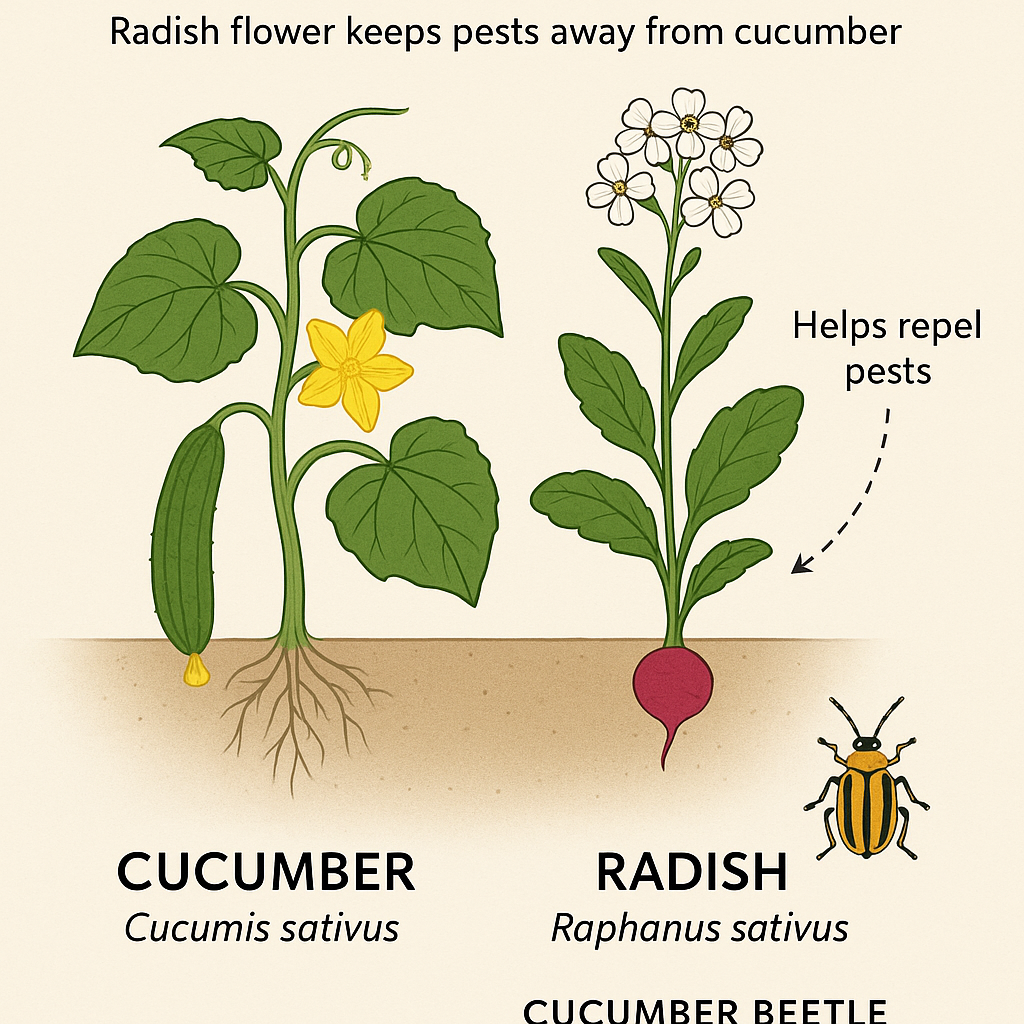
These VOCs confuse cucumber beetles by disrupting the olfactory cues they rely on to locate cucumber plants (Cucumis sativus). Essentially, the radish acts like a chemical decoy — creating a scent-rich environment that masks the specific signals cucumbers emit when stressed or growing.
By interplanting radishes near cucumbers, gardeners create a chemical and ecological buffer that reduces pest pressure naturally, without relying on synthetic pesticides. It’s a powerful example of how companion planting leverages evolutionary relationships to build healthier, more resilient backyard ecosystems.
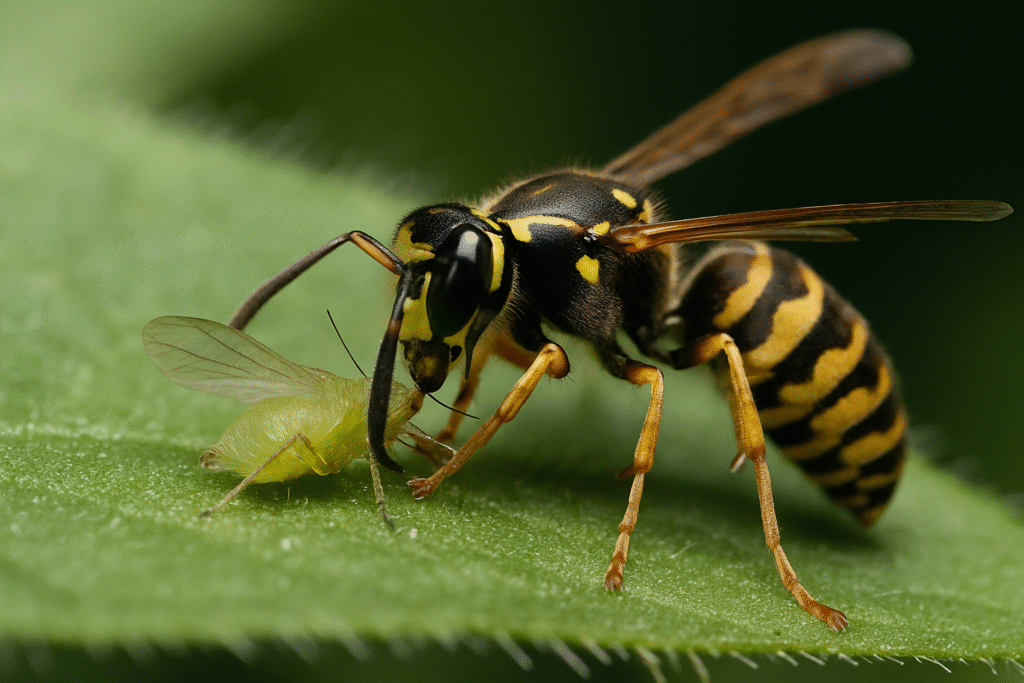
Additionally, flowering radish plants attract beneficial predatory insects that feed on or parasitize common garden pests. For example, they draw in parasitic wasps (Cotesia marginiventris), which lay their eggs in caterpillars, and hoverflies (Eupeodes americanus), whose larvae feed aggressively on aphids. These beneficials are lured by both the floral nectar and the VOCs, turning radishes into hubs of ecological pest management.
.
.
Gallery Showcase
Explore diverse gardens through user submissions, showcasing our collective gardening curiosity and creativity.
Explore Your Garden
Join us in discovering the joy of gardening through shared experiences, resources, and a community passionate about nature.
